Zongzi, the iconic pyramid-shaped dumpling wrapped in bamboo leaves, is a culinary symbol of China’s Dragon Boat Festival and a beloved traditional snack across Asia. Among its countless variations, the jujube-stuffed zongzi (蜜枣粽子) holds a special place, prized for its delicate balance of glutinous rice’s chewiness and the natural sweetness of dried jujubes. Yet, beneath the simplicity of this dish lies a persistent question: Should sugar be added to the glutinous rice when preparing this treat?
This debate transcends mere recipe adjustments; it touches on cultural authenticity, regional preferences, and evolving tastes. For some, sugar is an unnecessary addition that disrupts the harmony of natural flavors, while others argue it elevates the dish to new heights of indulgence. This article explores the nuances of this culinary dilemma, examining historical contexts, scientific principles, and modern adaptations to help both home cooks and food enthusiasts navigate this sweet conundrum.
The Cultural Tapestry of Zongzi
To understand the sugar debate, one must first appreciate the cultural significance of zongzi. Originating over 2,000 years ago to commemorate the patriotic poet Qu Yuan, zongzi has evolved from a ritualistic offering into a beloved comfort food. Its preparation varies dramatically by region: in northern China, sweet fillings like jujubes and red bean paste dominate, while southern regions favor savory options such as salted egg yolk or pork. The jujube-stuffed variety, in particular, reflects a preference for subtle, naturally derived sweetness, a trait deeply rooted in traditional Chinese cuisine’s emphasis on balancing flavors rather than overwhelming them.
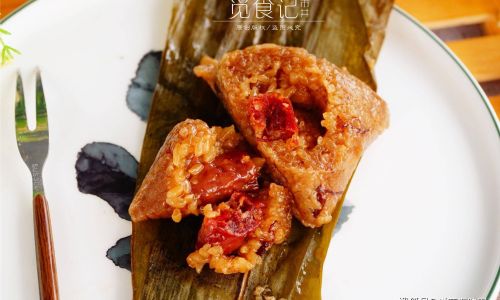
Historically, sugar was a luxury commodity. In ancient China, cane sugar was expensive and reserved for elites, while honey or maltose syrup served as sweeteners for the affluent. Commoners relied on natural sources like fruits, grains, and jujubes to satisfy their sweet cravings. This economic reality shaped regional cooking practices, including zongzi-making. In areas where jujubes grew abundantly, such as Shandong and Hebei provinces, cooks saw no need to augment the fruit’s inherent sweetness with added sugar. The rice, steamed to a glossy sheen, absorbed the jujubes’ syrupy essence during cooking, creating a harmonious blend of textures and flavors without extra sweeteners.
The Science of Sweetness: How Sugar Interacts with Glutinous Rice
Glutinous rice, or sticky rice, is the backbone of zongzi. Its high amylopectin content gives it a uniquely sticky texture when cooked, making it ideal for absorbing flavors. When sugar enters the equation, it introduces both chemical and physical changes to the rice.
-
Texture Modification: Sugar is hygroscopic, meaning it attracts and retains moisture. When mixed into uncooked glutinous rice, sugar can delay starch gelatinization—the process that gives rice its soft, sticky consistency. This may result in a slightly firmer texture, as sugar molecules interfere with the rice’s ability to absorb water uniformly. However, once cooked, the sugar caramelizes slightly, creating a subtle crispness on the rice’s surface that contrasts with its creamy interior.
-
Flavor Enhancement: While jujubes contribute fructose and glucose, added sugar (typically sucrose) introduces a different sweetness profile. Sucrose dissolves readily in steam, distributing evenly throughout the rice and creating a more uniform sweetness. This can be advantageous in recipes using less ripe or less sweet jujubes, ensuring the final dish meets expected flavor thresholds.
-
Shelf Life: Sugar acts as a natural preservative by binding to water molecules and inhibiting microbial growth. In humid climates, zongzi made with added sugar may resist spoilage slightly longer than their unsweetened counterparts, though refrigeration remains the primary preservation method.
Regional Perspectives: North vs. South
China’s culinary landscape is famously diverse, and the zongzi sugar debate is no exception.
-
Northern Traditions: In regions like Beijing and Tianjin, where jujube cultivation thrives, traditional recipes rarely include added sugar. The belief is that the fruit’s natural sweetness, intensified by rehydration during steaming, is sufficient. Northern cooks often pair jujubes with glutinous rice and occasionally a single red date for visual appeal, trusting the ingredients’ inherent qualities to shine.
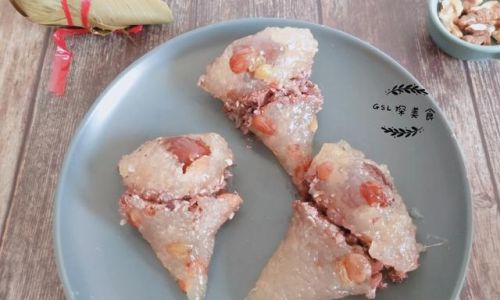
-
Southern Adaptations: In contrast, some southern provinces, such as Jiangsu and Zhejiang, occasionally incorporate sugar—particularly rock sugar—into their jujube zongzi. This practice stems from historical trade routes that brought cane sugar to coastal regions earlier than inland areas. Here, sugar is seen not as a crutch but as a complementary ingredient that adds complexity, much like how Shaoxing wine enhances braised dishes.
-
Overseas Interpretations: In Southeast Asian communities, where zongzi has been adapted by overseas Chinese populations, the sugar debate takes on new dimensions. Malaysian bak chang (alkaline zongzi) sometimes includes palm sugar for caramel notes, while Filipino machang may use coconut sugar. These variations reflect local ingredient availability and fusion with indigenous culinary traditions.
Health Considerations: Moderation vs. Indulgence
In an era of rising health consciousness, the decision to add sugar involves balancing tradition with dietary priorities.
-
Sugar’s Nutritional Impact: A tablespoon of white sugar adds approximately 49 calories and 13 grams of carbohydrates to a batch of zongzi. For those managing blood sugar levels or weight, even small amounts matter. However, jujubes themselves are nutrient-dense, offering dietary fiber, potassium, and antioxidants—benefits that partially offset sugar’s empty calories.
-
Alternative Sweeteners: Modern cooks experiment with natural substitutes like monk fruit extract, stevia, or date syrup to reduce refined sugar intake. These alternatives can mimic sweetness without the glycemic spike, though they may alter the rice’s texture slightly.
-
Portion Control: Regardless of sugar use, zongzi remains a calorie-dense food due to its glutinous rice base. Health-conscious individuals often opt for smaller portions or pair zongzi with green tea or fresh fruit to mitigate heaviness.
The Art of Balance: Techniques for Perfect Zongzi
For those undecided, mastering execution techniques can bridge the sugar divide.
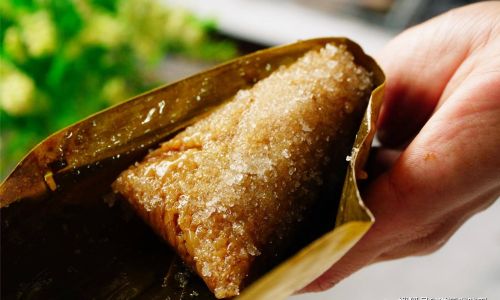
-
Layering Flavors: Instead of mixing sugar directly into the rice, some cooks layer it between the rice and jujubes. This creates pockets of sweetness without overwhelming the entire dumpling.
-
Infusing Syrups: A light syrup made by simmering jujubes with a small amount of sugar and water can be brushed onto the rice post-steaming. This method ensures even flavor distribution while using minimal added sweetener.
-
Textural Play: Toasting glutinous rice lightly in a dry pan before cooking can amplify its nutty flavor, reducing the perceived need for sugar. Similarly, adding a pinch of salt enhances the jujubes’ sweetness, a trick used in both sweet and savory cooking.
-
Fermentation: In some experimental recipes, a small amount of rice wine lees (酒麴) is added to the rice. The fermentation process introduces mild sweetness and complexity, mimicking sugar’s effect without refined additives.
Debunking Myths: Common Misconceptions
-
“Sugar Masks the Jujube’s Flavor”: When used judiciously, sugar can highlight the jujube’s caramel and toffee notes, much like how salt enhances chocolate’s richness.
-
“Unsweetened Zongzi is Bland”: The interplay between sticky rice, chewy jujubes, and aromatic bamboo leaves creates a multisensory experience. Texture and aroma play equal roles to sweetness in delivering satisfaction.
-
“All Jujubes Are Equally Sweet”: Varieties like Huizao (灰枣) from Xinjiang are naturally sweeter than thinner-skinned cultivars. Cooks should adjust sugar based on the jujubes’ ripeness and variety.
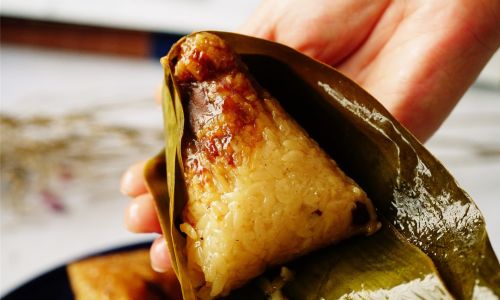
Modern Innovations: Reimagining the Classic
Contemporary chefs are reimagining jujube zongzi, pushing boundaries while honoring tradition.
-
Deconstructed Zongzi: Some restaurants serve glutinous rice cakes topped with jujube compote and a drizzle of reduced sugar syrup, allowing diners to control sweetness.
-
Floral Infusions: Edible rose petals or chrysanthemum tea are sometimes steeped with the rice, adding aromatic complexity that reduces the need for excess sugar.
-
Vegan Adaptations: Coconut milk replaces traditional lard in certain recipes, with a touch of coconut sugar for depth, appealing to plant-based diets.
The Verdict: A Matter of Context
Ultimately, the decision to add sugar to jujube zongzi hinges on context:
-
Traditionalists: Adhere to regional norms, using only jujubes and rice to honor culinary heritage.
-
Home Cooks: Experiment with small sugar quantities (1–2 teaspoons per 500g rice) to gauge personal preference.
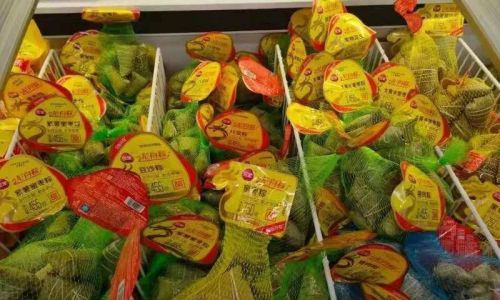
-
Health-Focused Individuals: Opt for natural alternatives or omit sugar entirely, relying on jujubes’ inherent sweetness.
-
Chefs: Treat sugar as a tool to balance flavors, not a default ingredient.
Conclusion: Sweetness as a Spectrum
The debate over sugar in jujube zongzi reflects broader themes in food culture: the tension between tradition and innovation, the pursuit of health without sacrificing pleasure, and the joy of culinary experimentation. Whether one leans toward purity of flavor or embraces sugar’s transformative power, the act of wrapping zongzi remains an act of love—a labor-intensive process that binds families and communities across generations.
In the end, there is no “right” answer. Like the Dragon Boat Festival itself, which celebrates both solemn remembrance and joyful competition, zongzi invites us to honor the past while sailing boldly into the future. So, the next time you tie a bundle of bamboo leaves, consider this: the greatest sweetness lies not in sugar, but in the freedom to create, taste, and share.

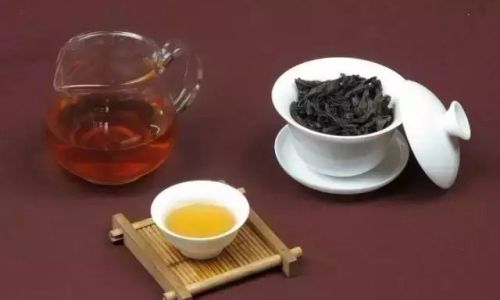

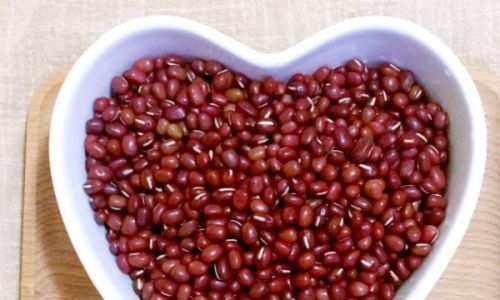
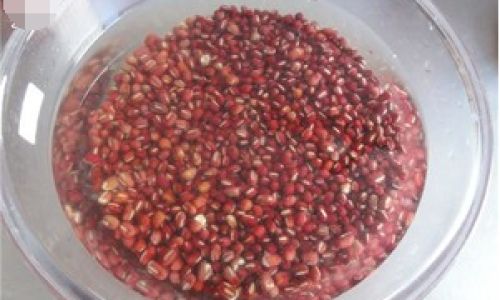
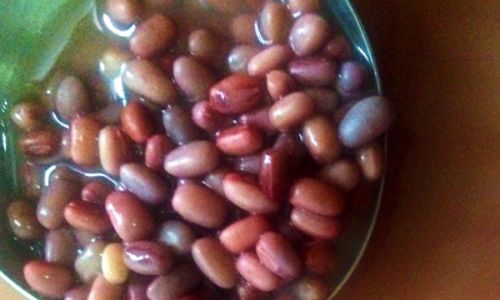
0 comments